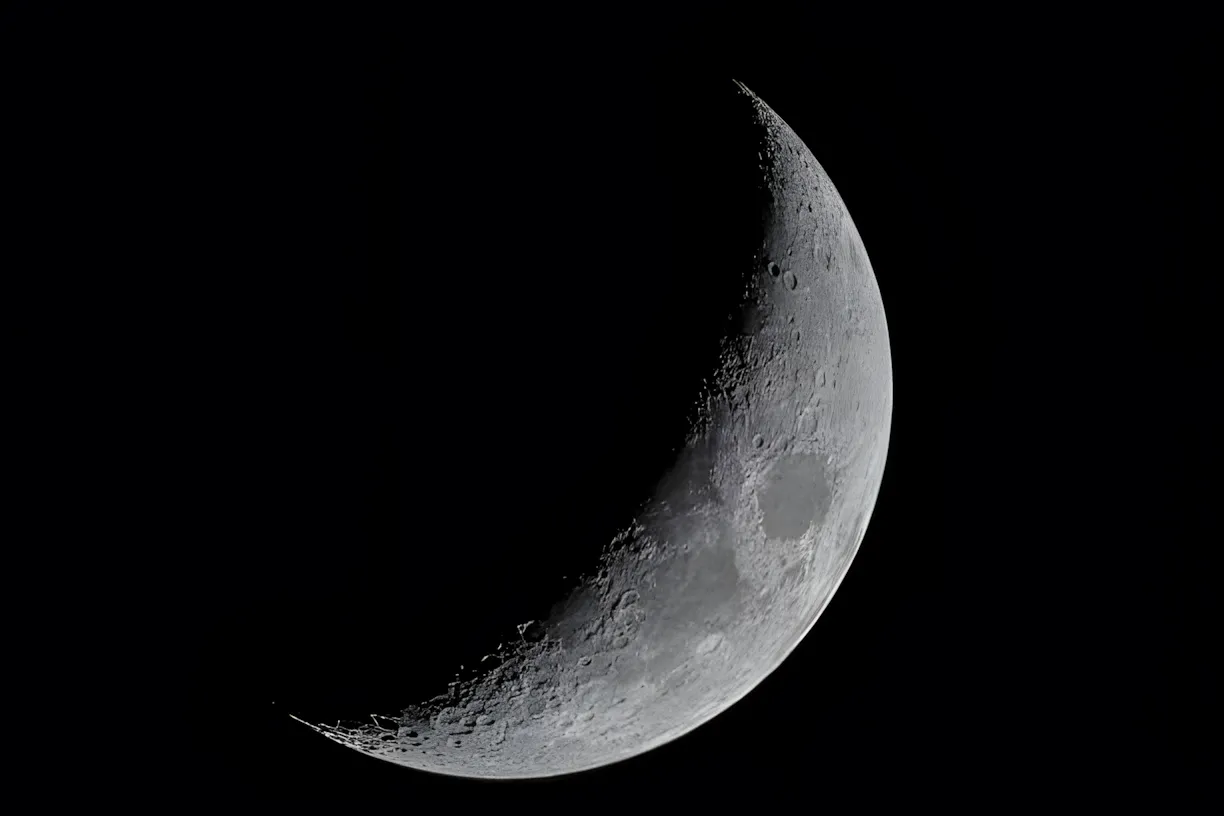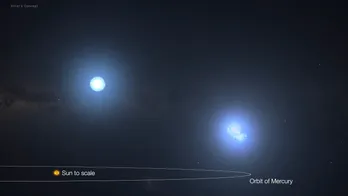Scientists have discovered vast ice deposits in lunar dust and rocks that could become a valuable resource for future lunar expeditions.
According to a new analysis of data from NASA's LRO (Lunar Reconnaissance Orbiter) mission, the ice could be used for radiation shielding, rocket fuel production, and breathable air.
The research showed that ice is not only present in large, permanently shadowed regions (PSRs) near the lunar South Pole, but also in wider regions, including areas within craters like Cabeor, Howarth, Shoemaker, and Faustini. "We have discovered widespread evidence of water ice in PSRs beyond the South Pole, at least as far as 77 degrees south latitude," said Dr. Timothy McClanahan from NASA's Goddard Space Flight Center.
The research also helped planners of lunar missions by providing maps and defining surface characteristics that show where the ice is likely to be found and where it is less likely. "Our model and analysis show that the highest concentration of ice is expected to be found near the coldest areas of PSRs with temperatures below 75 Kelvin (-198°C or -325°F) and near the base of the slopes of PSRs facing the poles," said McClanahan.
The team used the LRO Lunar Exploration Neutron Detector (LEND) instrument to detect signs of ice deposits using measurements of "moderate energy" neutron emissions. "We hypothesized that if all PSRs have the same hydrogen concentration, then CSETN should proportionally determine their hydrogen concentration as a function of their area," added McClanahan.
The model was developed based on theoretical research that demonstrated how PSRs with hydrogen enhancement would be detected by CSETN. The correlation was demonstrated using neutron emissions from 502 PSRs with areas ranging from 4 km² to 1079 km², which contrasted with surrounding areas with less hydrogen.
The discovery of vast ice deposits on the Moon is significant for future lunar expeditions, as the ice can be used as a resource for supporting life and producing fuel. "We expect that for each square meter of surface above these deposits, there should be at least five liters of ice within a meter of the surface compared to their surrounding areas," concluded McClanahan.





